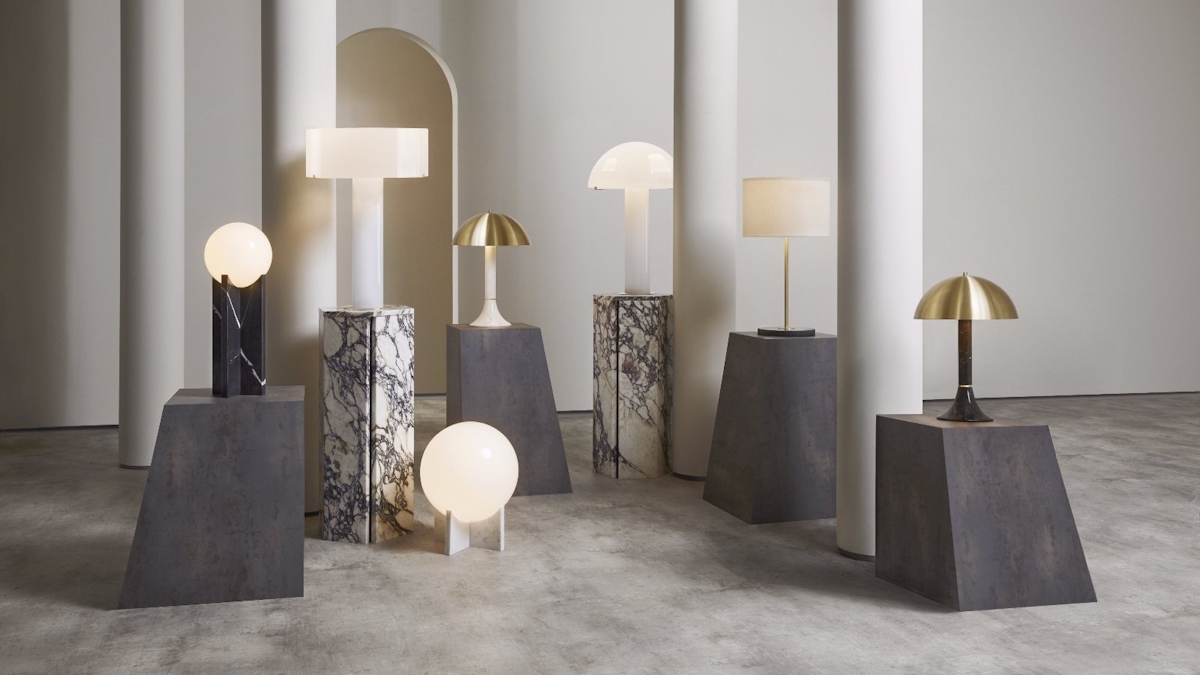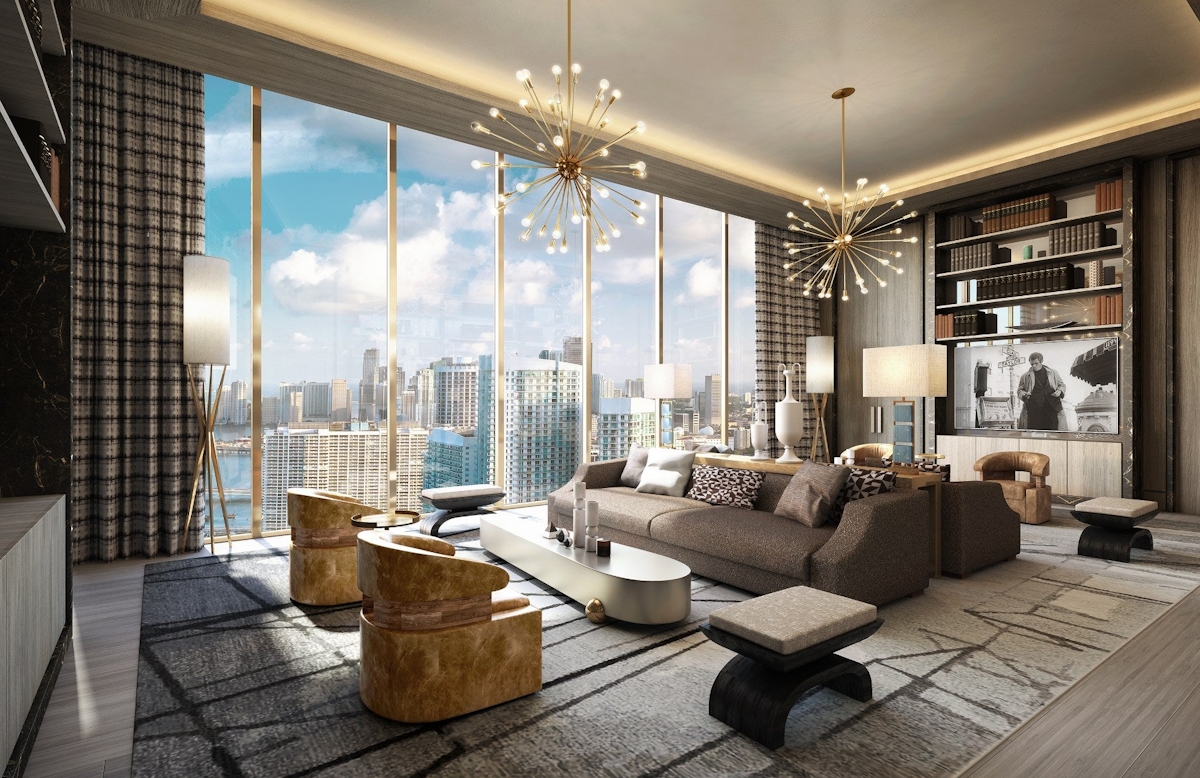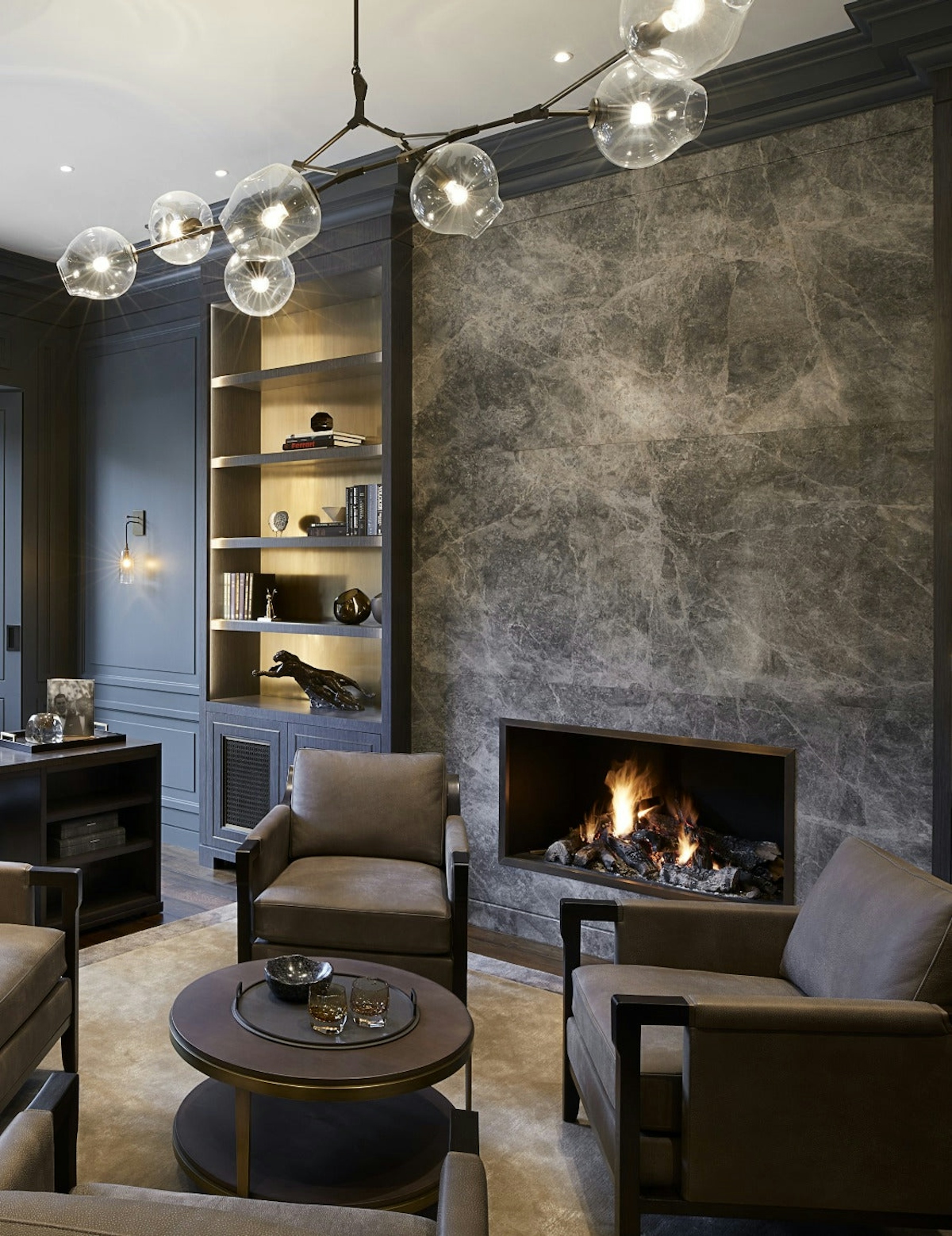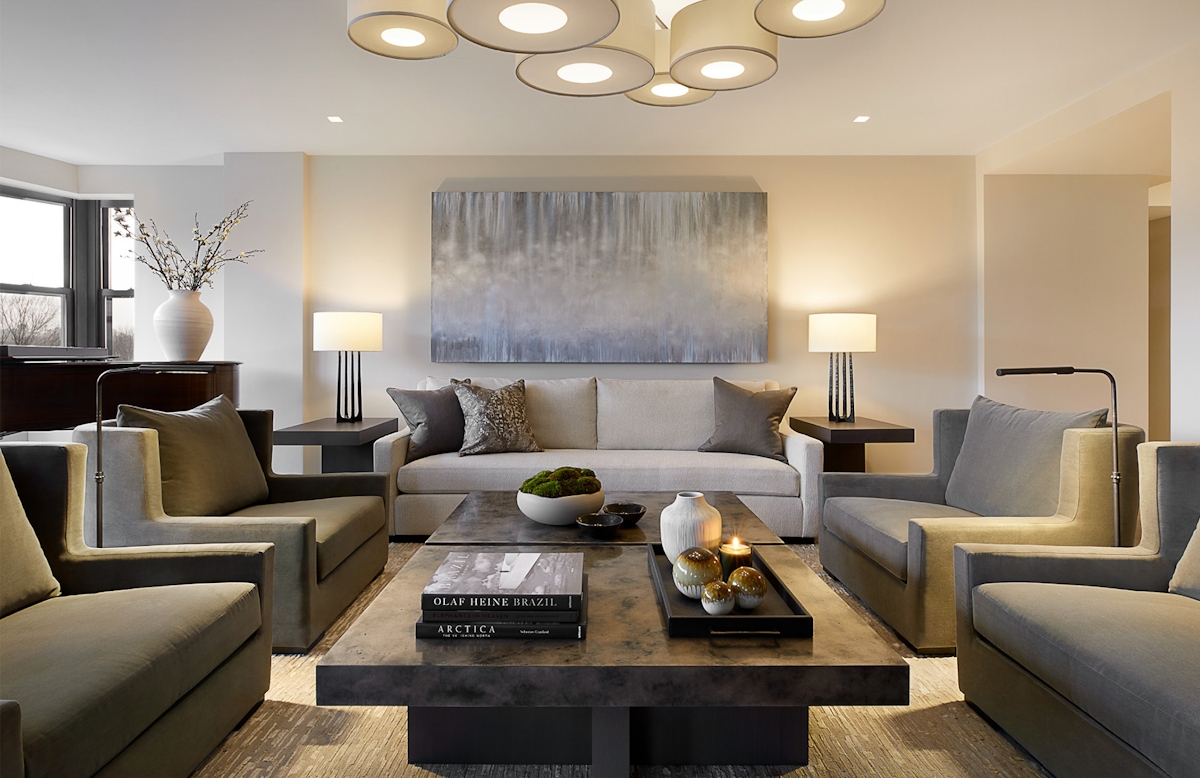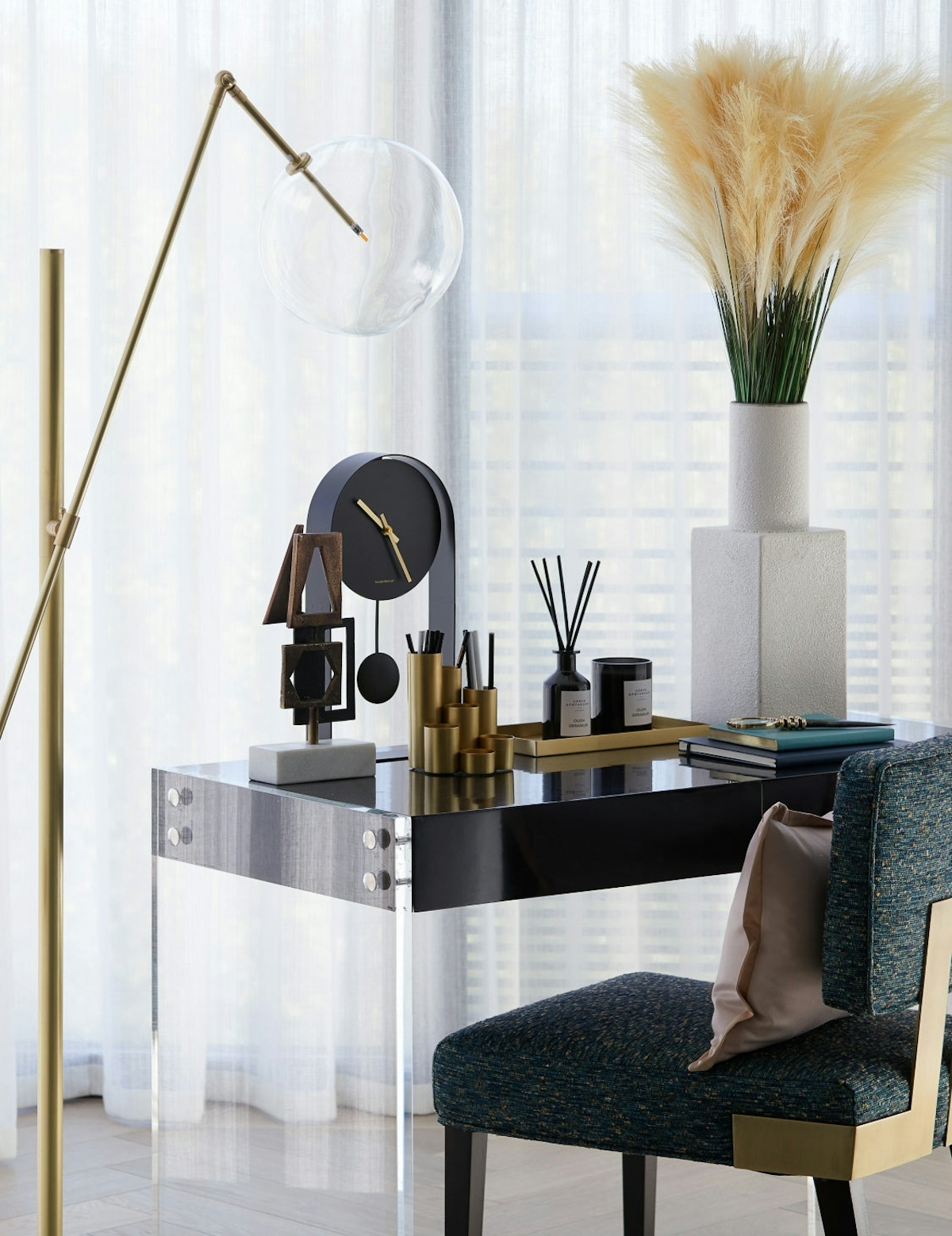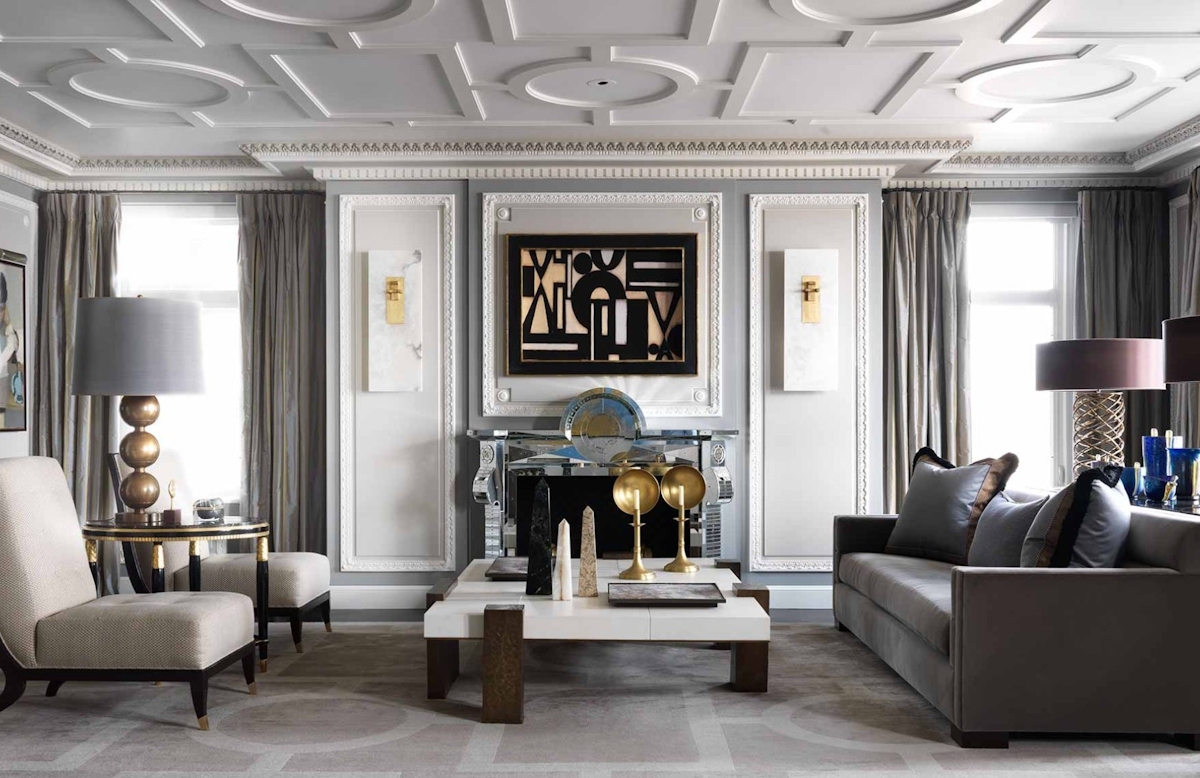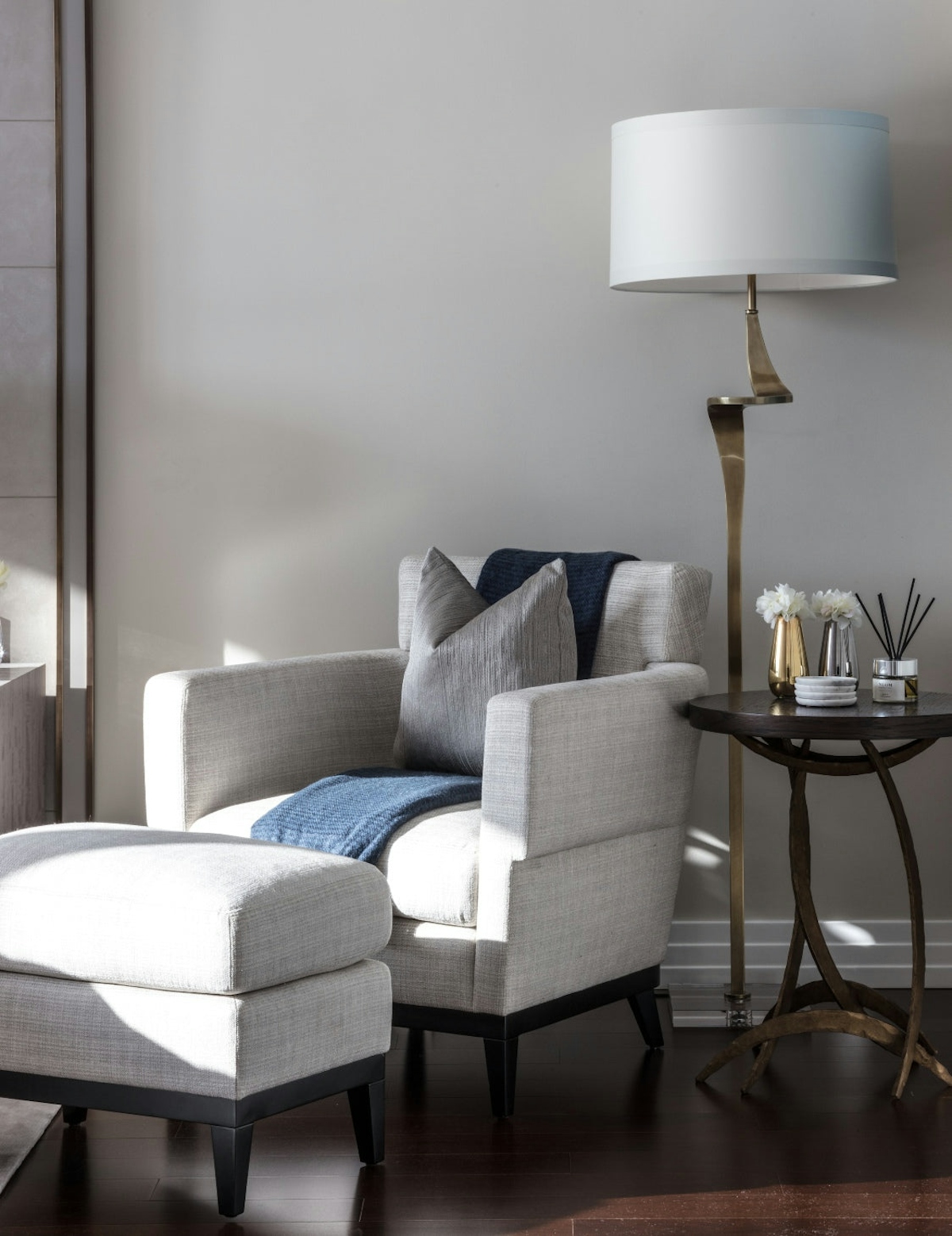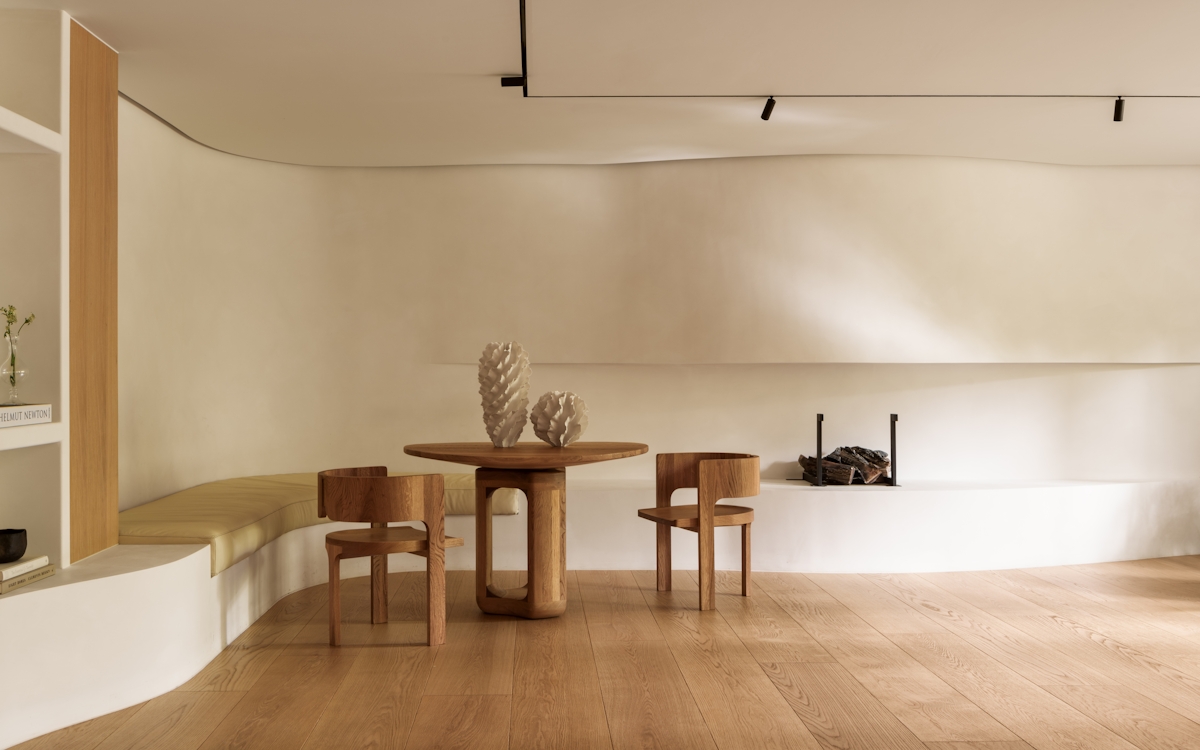Lighting is one of the most important aspects of your interior because, as well as illuminating a room, it can completely transform the look of a space for better or for worse.
On the one hand, it can turn a drab room into a glossy-magazine-worthy space with the simple flick of a switch or, on the other, it can under- or over-illuminate resulting in headaches, tired eyes and lighting fatigue.
As the late renowned American interior designer Albert Hadley once intimated, “Design is defined by light and shade, and appropriate lighting is enormously important.”
This luxury guide to designer lighting will take you through a variety of different lighting types and provide expert ideas on how to style the lighting in your home interior.
